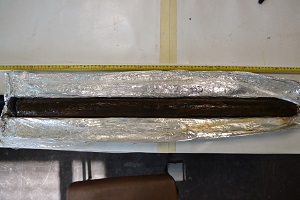‘That should be the last email to a student before the Autumn exams begin’ I thought to myself as I hit the ‘send’ button. Mid-July is here and, although teaching-related emails have not stopped completely, they are far fewer than during the teaching-year. As chair of the DCU BA Joint Honours programme, I have the privilege of being in contact with over 1300 undergraduate students who are studying on the programme. That, in addition to teaching elements of the Geography undergraduate programme and teaching on the MA in History, means that during the year any research is done in hours ringfenced for it (sometimes ringfenced with difficulty), in between other duties that the life of an academic involves. Being able to multi-task is important to an academic – the ability to switch attention from one task to another very different one, and to complete each task within the time available, is key to succeeding and to not feeling overwhelmed. Multi-tasking is my daily challenge.
Then July comes along, and the balance changes. The pressures of teaching reduce (they never vanish completely) and the administration reduces proportionally. The space for research opens up. I currently have four (or is that five?) projects on the go. This week I focused on two of them. The first was finishing off a brief chapter on some nineteenth century geologists who contributed to our understanding of the glaciation of the Irish landscape.
The second was the chance to meet up with members of the research team who are looking at the environmental reconstruction of south-east Ireland. My involvement centres around a 7 metre long sediment core, that I retrieved with the help of some NUIG geography colleagues, from the centre of Lough Cullin, county Kilkenny, a number of years ago. The sediments within the core have been dated, we have carried out pollen analysis on them, and we have looked at the geochemistry of the entire length of the core. Lakes, especially lakes within confined basins such as Lough Cullin (or Holly lake to the locals) act as recipients into which the streams of an area bring a lot of sediment day in day out, year in year out. .

Published: 16 Jul 2018 Categories: The Busy Season

